DIY Hair Masks for Frizz Control
Struggling with frizzy hair can be more than just a bad hair day; it can impact your confidence and style. Many people experience this pervasive issue due to a variety of reasons, ranging from environmental to self-inflicted. As people look for ways to tame the unruly strands, the solution might be just a mix away in your kitchen. By tapping into the power of natural, nourishing ingredients, DIY hair masks offer a potent remedy free from the harsh chemicals often found in commercial products. Embracing these homemade treatments not only supports a healthier mane but also allows for a personalized touch to fit your hair’s unique needs.
Nan frizz occurs when the hair’s cuticle layer is raised, allowing moisture to pass through and swell the strands. This can lead to a textured surface that scatters light, giving an appearance that we identify as frizz. Tackling these underlying issues can assist in finding lasting, effective remedies. Exploring the benefits of DIY hair masks reveals their potential in the battle against frizz, thanks to their capacity to provide deep hydration and nutrition.
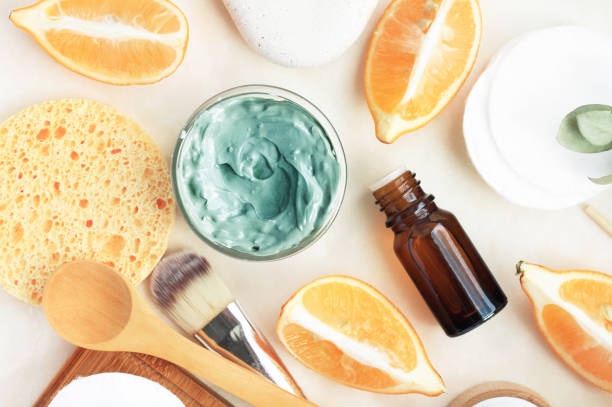
Understanding Frizz and Its Causes
The battle with frizz often begins with understanding its root causes. Environmental factors like humidity can influence the hair’s appearance, creating that dreaded frizz. When the air is filled with moisture, your dry strands seek to absorb it from the environment, resulting in a tangled mess. On top of that, frequent heat styling and chemical treatments can lead to damage over time, which further exacerbates the issue. Moisture escapes from hair when it’s damaged, causing a lack of shine and smoothness. Identifying these causes is a crucial step in tailoring your care routine to better suit your hair’s needs.
Benefits of Using DIY Hair Masks
DIY hair masks are an appealing choice for their simplicity, effectiveness, and low cost. They adhere to the principles of using natural, accessible ingredients that are both kinder to your hair and more sustainable for the environment. With components like avocado, coconut oil, and honey, these masks deliver targeted nourishment. Unlike store-bought alternatives, these DIY masks allow you to control exactly what goes into your hair care regimen. Moreover, adapting ingredients based on your needs means you’re not locked into a one-size-fits-all solution. Beyond frizz control, these masks promote overall hair health, enhancing texture, strength, and shine.
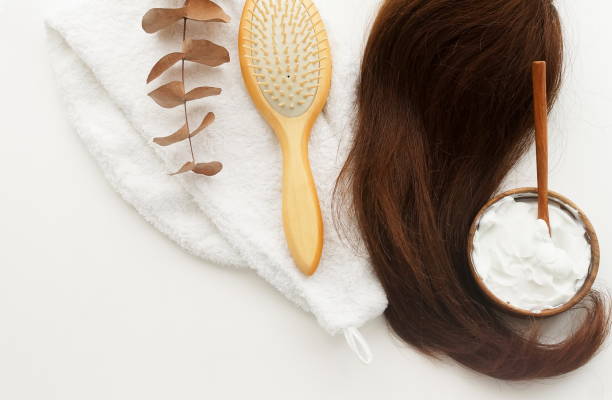
Top Ingredients for Frizz-Control Hair Masks
When creating a DIY mask, it’s essential to select ingredients known for their frizz-fighting properties. The right mix can make a substantial difference in how your hair looks and feels. Here’s a quick guide to some popular choices:
- Avocado: Rich in vitamins and oils that deeply hydrate and repair.
- Coconut Oil: Known for its ability to penetrate and condition deeply.
- Honey: Serves as a natural humectant with powerful moisturizing properties.
- Aloe Vera: Soothes and adds shine to the hair.
Popular DIY Hair Mask Recipes
Exploring DIY hair mask recipes can reveal simple yet powerful treatments that improve the condition of your hair. Let’s delve into a couple of the most effective concoctions you can try at home:
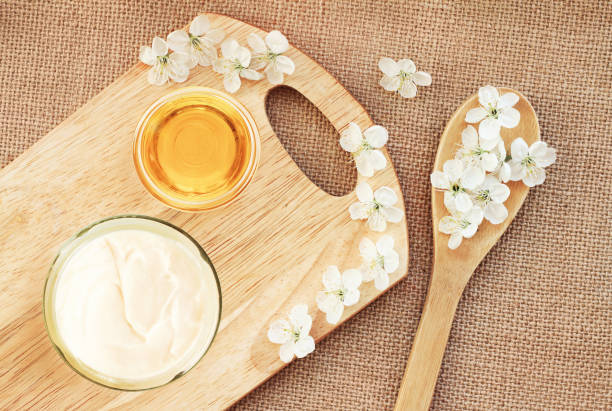
Avocado and Honey Mask
This mask exploits the nourishing potential of avocado along with honey’s moisturizing allure. It’s a potent combination that smooths out your hair, leaving it with a delightful sheen.
Coconut Oil and Yogurt Mask
The blend of protein-rich yogurt and conditioning coconut oil forms a rich treatment to strengthen and hydrate. This concoction not only tackles frizz but also infuses hair with added resilience.
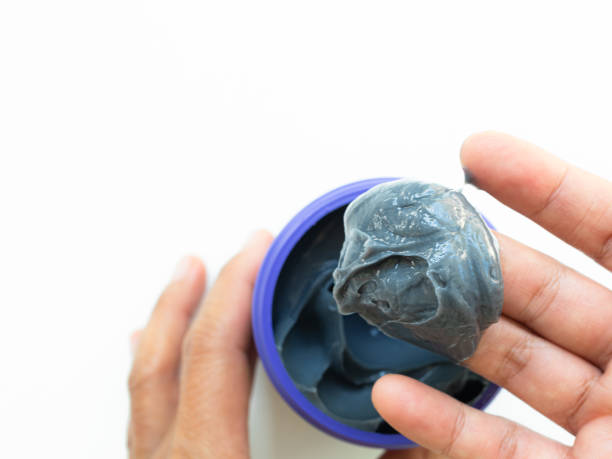
| Ingredient | Property |
|---|---|
| Avocado | Hydration |
| Coconut Oil | Conditioning |
| Honey | Moisturizing |
| Aloe Vera | Smoothing |
Step-by-Step Guide to Applying Hair Masks
For hair masks to be fully effective, applying them correctly is essential. Knowing the right technique ensures deep penetration so your hair reaps all the benefits.
- Preparation: Always start with clean, towel-dried hair to give the mask a better chance of adhering to your strands.
- Application: Use a wide-tooth comb to evenly distribute the mixture from root to end, ensuring total coverage.
- Rinse: Leave it on for about 20-30 minutes, giving its components enough time to work their magic before rinsing thoroughly with lukewarm water.
Tips for Maintaining Frizz-Free Hair
A little care can go a long way in maintaining smooth and manageable hair. Here are some essential tips that can help preserve your hair’s new-found softness:
- Switch to a hydrating shampoo and conditioner tailored to manage frizz effectively.
- Reduce heat styling as much as possible to prevent unnecessary damage.
- Using a silk pillowcase can significantly reduce friction and moisture loss during sleep, combating potential frizz formation.
Conclusion
Achieving frizz-free hair doesn’t demand an extensive array of products or high salon expenses. Through a combination of understanding the factors contributing to frizz and implementing homemade remedies, you can successfully manage and reduce it. DIY hair masks made with natural ingredients offer a fuss-free, budget-friendly solution, enhancing the health and beauty of your hair. Experimenting with these formulations means you can tailor them to suit your specific needs, tackling frizz while promoting overall wellness for your locks.
FAQ
- What causes hair to become frizzy?
Frizz is generally caused by a lack of moisture, structural damage to the hair cuticle, and environmental factors like humidity. - Can DIY hair masks really help with frizz control?
Yes, they can be quite effective as they incorporate natural ingredients that nourish, hydrate, and repair hair, reducing frizz. - How often should I use a hair mask for frizz?
It is recommended to apply a hair mask at least once a week for optimal results. - Are there any side effects to using DIY hair masks?
Most DIY hair masks are safe, but performing a patch test is advisable, particularly if you have allergies or sensitive skin.
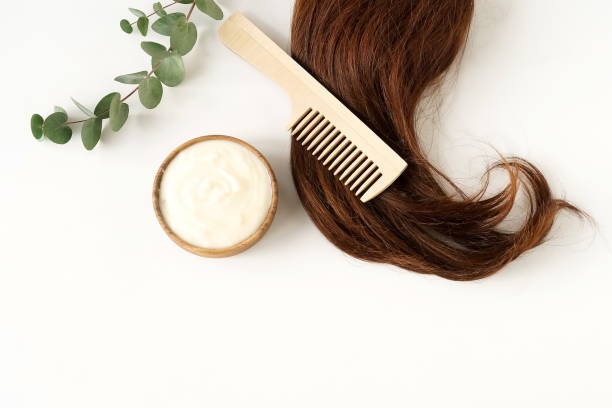
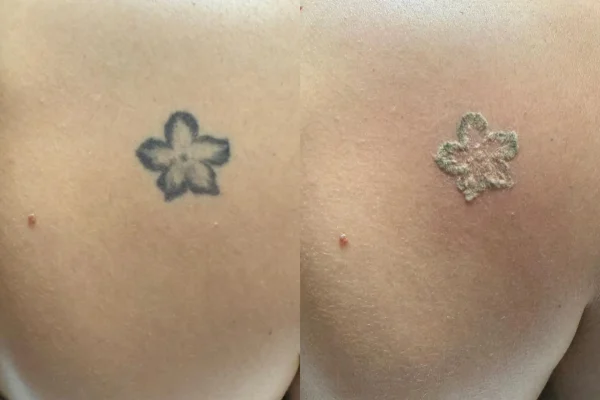
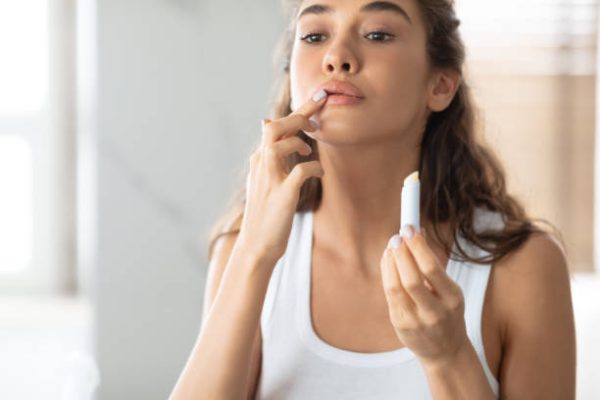
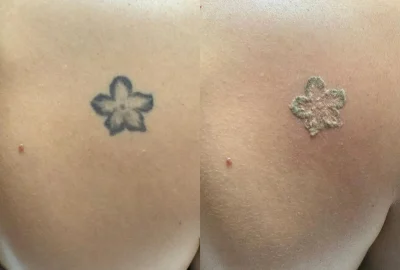
0